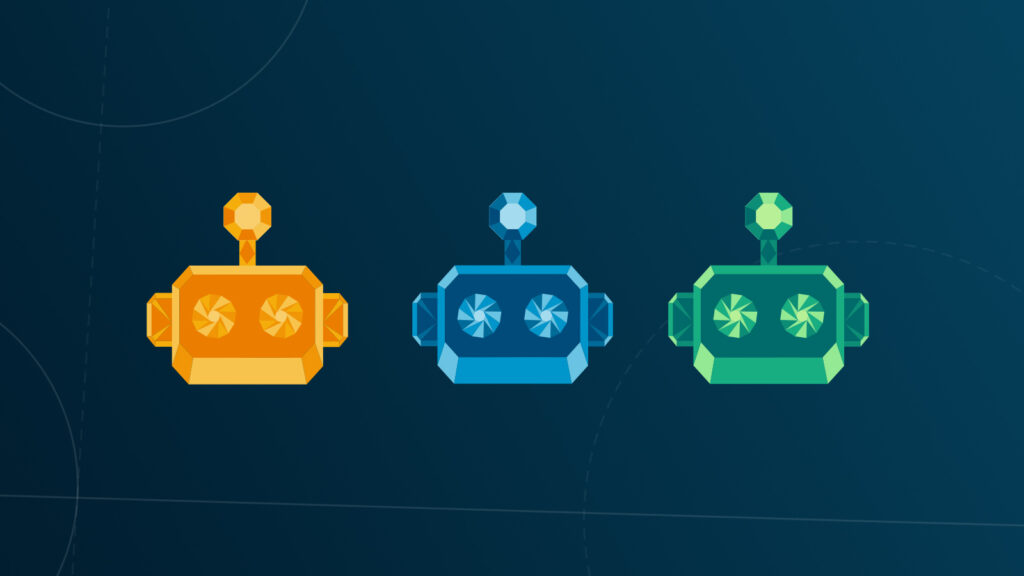
Hello everyone, Leon Godwin here, Principal Cloud Evangelist at Cloud Direct. It was inspiring to connect with you during our recent “AI Readiness Bootcamp: A Non-Profit’s Guide to Innovation and Impact” webinar. Your enthusiasm and thoughtful questions highlighted both the excitement and the challenges that arise when charities embrace Artificial Intelligence.
As promised, I’d like to address some of the top questions that came up, with practical insights to help your charity leverage AI responsibly and effectively.
Is Microsoft AI Environmentally Friendly?
This is an important ethical consideration. While training large AI models can be energy-intensive, providers like Microsoft are making major investments in sustainability. They’re committed to being carbon neutral by 2030 and carbon negative by 2050 across their data centres. This is backed by investments in renewable energy and constant improvements to data centre efficiency.
When your charity uses Microsoft AI services, such as those on Azure, you benefit directly from these sustainability initiatives. So, although AI consumes energy, choosing a provider with ambitious and transparent environmental goals helps reduce your indirect carbon footprint, allowing you to innovate while supporting global sustainability.
What Are the Most Common AI Mistakes Charities Make?
Several avoidable pitfalls can hinder AI projects:
- Unclear Objectives: AI is a tool; without a specific problem or clear objective, projects may lack focus and fail to deliver value.
- Poor Data Quality: AI relies on good data. Many charities have data, but if it’s fragmented or inconsistent, AI won’t perform well.
- Ignoring Staff: AI is there to support people, not replace them. Staff need to be involved early, with upskilling and open communication to address concerns.
- Staying in ‘Pilot Mode’: Many charities start with pilots but struggle to scale up, often due to a lack of deployment strategy, poor integration, or missing resources.
What’s the Funding Landscape for Microsoft AI, Especially for Proof of Concepts?
Microsoft is very committed to supporting non-profits with meaningful technology adoption, including AI. Initiatives like Microsoft Tech for Social Impact offer significant Azure credits. Additionally, Azure Accelerate provides funding support through partners, including funding for project milestones and Azure credits to offset initial run costs.
Benefits vary based on project scope , but the key is to get started early, ideally with a Microsoft expert partner like Cloud Direct, to help you navigate these programmes, articulate your project’s value, and seize every funding opportunity.
How Should Charities Measure AI ROI, Especially When Impact Isn’t Purely Financial?
For charities, ROI is broader than just financial returns. Begin by setting a baseline, what does your current performance look like? Then track:
- Financial KPIs: Cost savings (e.g., efficiency in operations) and increased fundraising.
- Non-Financial KPIs:
- Productivity: Hours saved on repetitive tasks.
- Beneficiary Experience: Higher satisfaction or faster responses.
- Innovation: Speed in launching new campaigns.
Where possible, translate qualitative improvements into quantitative measures (for example, assign a value to hours saved). Be sure to include all costs, software, training, integration, and cyber security.
What’s a Realistic First AI Project for a Small Charity?
Start small and aim for visible improvements by using off-the-shelf AI solutions:
- Automated Document Processing: Use AI to extract data from scanned forms, invoices, or applications, reducing manual entry.
- Chatbots for FAQs: Deploy chatbots to handle common donor or beneficiary queries, freeing up staff time.
- Donor Segmentation: Apply AI in your CRM for targeted communications, improving engagement.
- Content Generation: Use tools like Copilot to draft emails or social posts, streamlining communications.
Pick a project with a clear pain point and good data availability, so you can demonstrate value quickly.
How Can We Avoid Getting Stuck in AI Pilot Mode?
This common and frustrating scenario can be avoided with a proactive deployment strategy from the outset.
- Define Success Early: Know what ‘full rollout’ looks like before you begin the pilot.
- Build for Scale: Choose technologies that will grow with your charity.
- Commit Resources: Secure budget and staff for support beyond the initial pilot phase.
- Phased Rollout: Pilot with a small group, collect feedback, and expand gradually.
- Change Management: Communicate benefits, address concerns, and train your staff.
- Expert Support: A partner like Cloud Direct ensures your AI project is scalable, secure, and fit for long-term success.
The journey to AI readiness is an exciting one, especially for charities aiming to increase their impact. By considering these critical points and taking a pragmatic approach, your organisation can embrace AI confidently and unlock even greater good.
Do these topics raise further questions for your charity? I’m here to help, let’s keep the conversation going, book a Free Innovation Workshop with me to explore AI in your organisation’s specific context.
Written by





